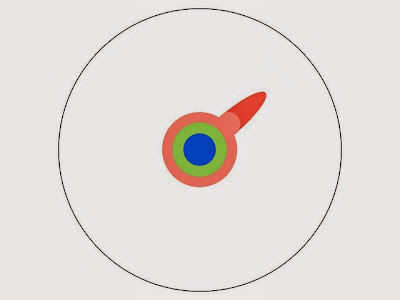Reproduced
from: http://gizmodo.com/5613794/what-is-exactly-a-doctorate
Ever wondered
what getting a doctorate really means? Matt Might, professor of Computer
Science at the University of Utah, explains it perfectly in this graphic
presentation that starts with a simple circle:
Every fall, I
explain to a fresh batch of Ph.D. students what a Ph.D. is.
It's hard to
describe it in words.
So, I use
pictures.
Read below
for the illustrated guide to a Ph.D.
Imagine a
circle that contains all of human knowledge:
SEXPAND
By the time
you finish elementary school, you know a little:
SEXPAND
By the time
you finish high school, you know a bit more:
SEXPAND
With a
bachelor's degree, you gain a specialty:
SEXPAND
A master's
degree deepens that specialty:
SEXPAND
Reading
research papers takes you to the edge of human knowledge:
SEXPAND
Once you're
at the boundary, you focus:
SEXPAND
You push at
the boundary for a few years:
SEXPAND
Until one
day, the boundary gives way:
SEXPAND
And, that
dent you've made is called a Ph.D.:
SEXPAND
Of course,
the world looks different to you now:
SEXPAND
So, don't
forget the bigger picture:
SEXPAND
Matt Might is a professor of
Computer Science at the University of Utah. He finished his dent at Georgia
Tech in 2007, and now enjoys advising his own Ph.D. students on how to make
theirs. He tweets from @mattmight and
blogs atblog.might.net.














